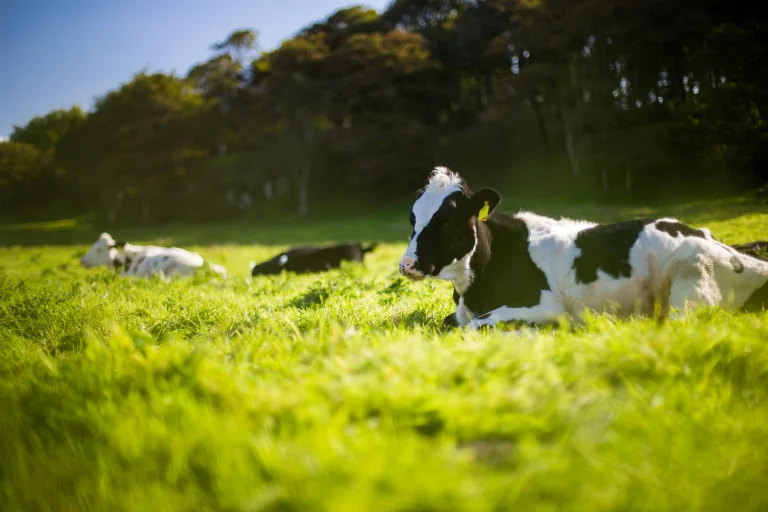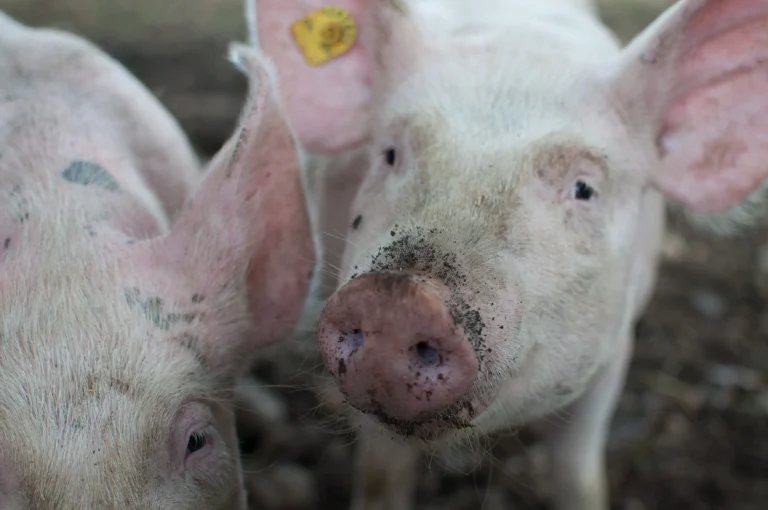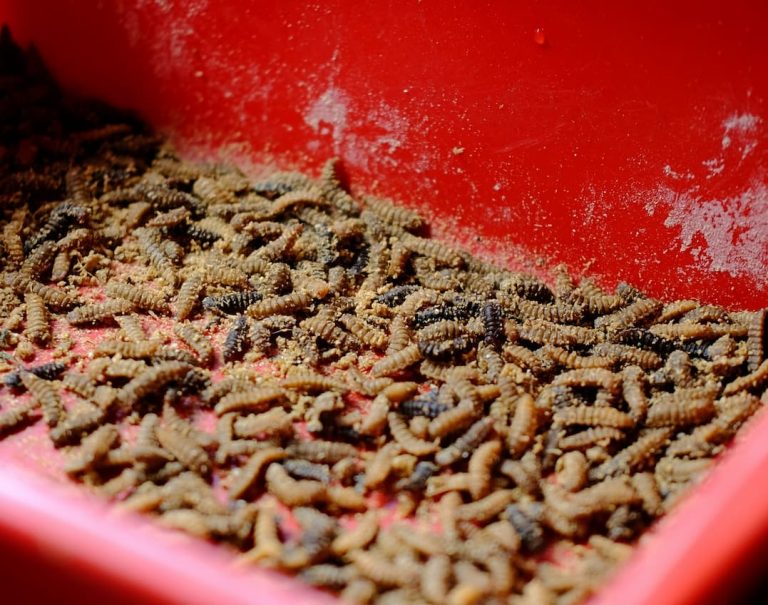Sheep farmers could cut flock emissions without sacrificing productivity thanks to a cost-effective tool that allows more sustainable breeding decisions using a single rumen sample.
Researchers in New Zealand have found it’s possible to reliably predict how much methane a sheep emits by simply looking at the microbes living in its gut.
These microbial profiles – called rumen metagenomes – are not only influenced by the animal’s genetics, but also strongly linked to actual methane emissions on farm.
By looking at microbe results, producers can breed for lower-emitting animals with confidence, without the need for expensive gas-measuring equipment or major changes to management, the researchers said.
A change in methane measurement
In a study published in Genetics Selection Evolution, scientists at AgResearch analysed almost 4600 sheep across eight flocks – the largest dataset of its kind to date.
Until now, the most widely used on farm too for methane measurement has been portable accumulation chambers (PACs) – mobile gas chambers that capture and measure emissions from individual sheep.
However, PACs are expensive, slow and difficult to scale, and with only 5000 PAC measurements taken commercially in New Zealand each year, the country is a long way from meeting climate targets through breeding alone, the researchers wrote.
By contrast, rumen sampling can be done on up to 300 animals per day using standard stomach tubing, with the cost being comparable to a PAC test (around NZ$60 or £27GBP per animal).
Crucially, the study found that microbial profiles predicted methane emissions up to twice as accurately as host DNA alone, and the results were consistent across different flocks and years.
Genetic selection, not feed additives
While feed additives and dietary changes can lower methane, they must be applied continuously and uniformly, but that is rarely feasible across pasture-based systems.
Because the microbial makeup of the rumen is partly inherited, selecting animals with lower-methane microbial profiles offers a more permanent solution, as future generations can be bred to emit less methane over time, the researchers said.
The research team is now working to incorporate microbial methane predictions into national breeding indexes. The goal is to provide farmers with estimated breeding values (EBVs) for methane, just like they already get for growth or fertility.
While more work is needed to fine-tune the system, especially around standardising sampling and sequencing methods, the researchers said the study provides “compelling evidence” that the system could be useful in animal selection programs.
“This tool could help producers reduce emissions while maintaining productivity and profitability,” they wrote.
Key takeaways
- Rumen microbiome profiles can be used to rank sheep for methane emissions with high accuracy.
- The method is as cost-effective as current tools but allows much higher throughput — up to 300 animals per day.
- Microbial traits are heritable and genetically correlated with methane output, supporting long-term selection gains.
- This approach avoids reliance on feed additives or expensive infrastructure like PAC trailers.
- Researchers propose integrating microbial methane traits into national breeding indexes alongside growth and fertility.
Want to read more stories like this? Sign up to our newsletter for bi-weekly updates on sustainable farming and agtech innovation.











